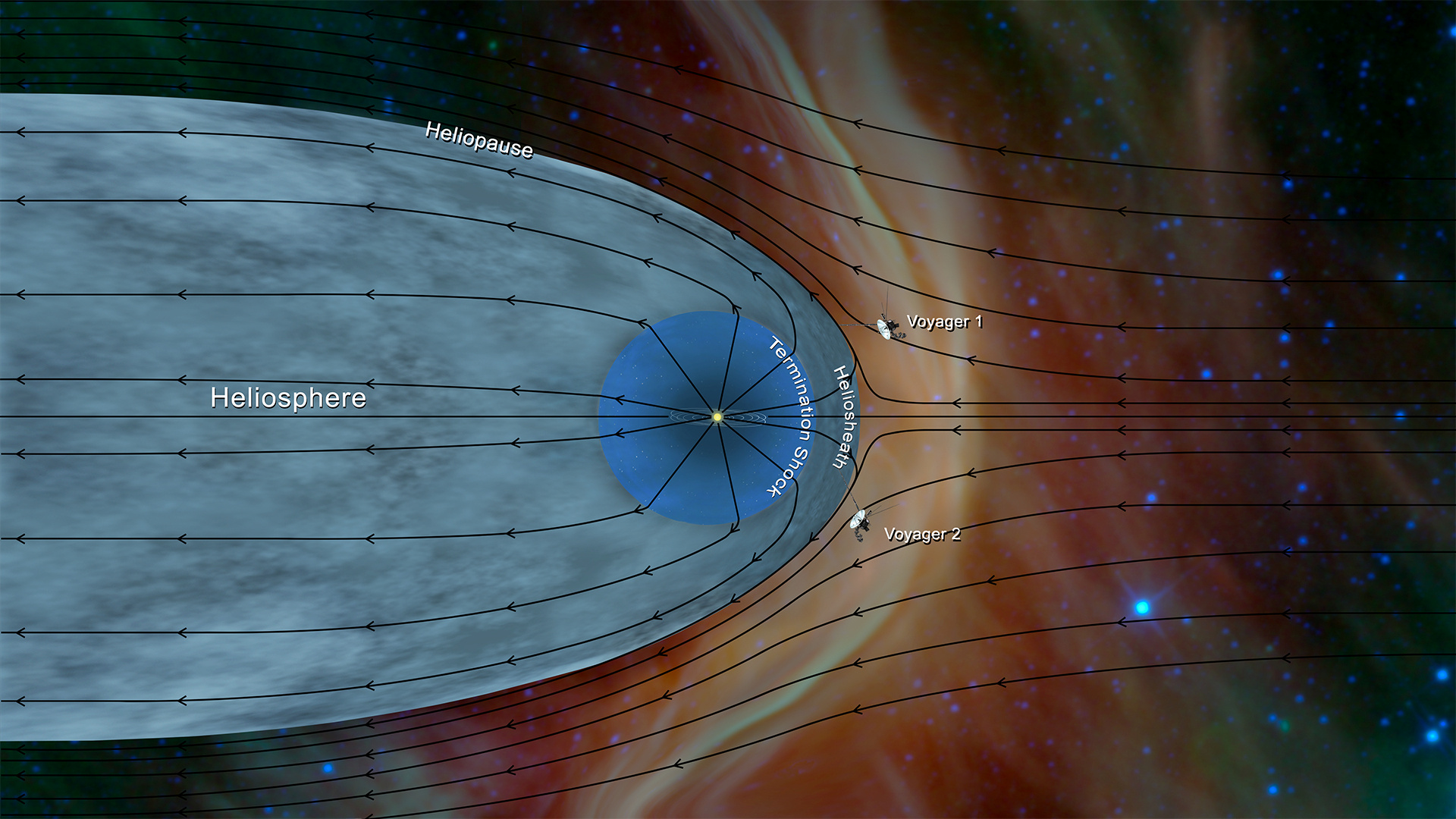The journey of NASA's dauntless Voyager 2 spacecraft through our solar system's farthest reaches has given scientists new insight into a poorly understood distant frontier: the unexpectedly distinct boundary marking where the sun's energetic influence ends and interstellar space begins.
The U.S. space agency previously announced that Voyager 2, the second human-made object ever to depart the solar system following its twin, Voyager 1, had zipped into interstellar space on Nov. 5, 2018, at a point more than 11 billion miles (17.7 billion km) from the sun. Several research papers published on Monday provided scientific details of that crossing.
Both Voyager 1 and Voyager 2 were launched in 1977, designed for five-year missions. Voyager 1 left the solar system at a different location in 2012. Both are now traversing the Milky Way galaxy's interstellar medium, a chillier region filling the vast expanses between the galaxy's stars and planetary systems.



















With your current subscription plan you can comment on stories. However, before writing your first comment, please create a display name in the Profile section of your subscriber account page.